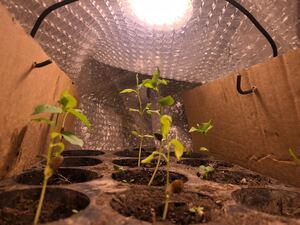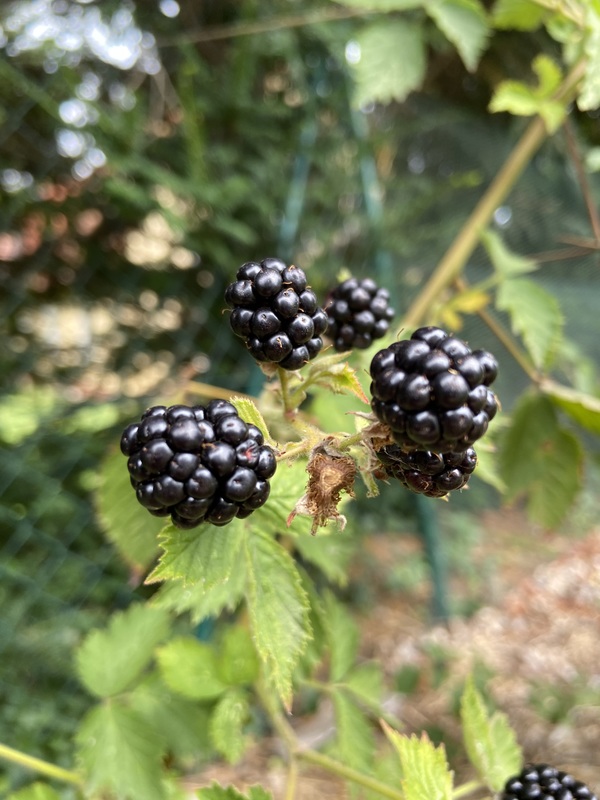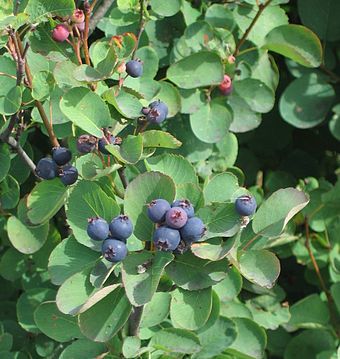Description
European plum (Prunus domestica) is a species of plum native to Europe and Asia. It is a small to medium-sized deciduous tree, typically growing to a height of 10-15 meters (33-49 feet) with a spread of 5-10 meters (16-33 feet). The leaves are oblong-lanceolate, 2-7 cm long, and have serrated margins. The flowers are white or pale pink and have five petals. The fruit is a drupe, typically 2-3 cm in diameter, with a smooth, edible skin and a juicy flesh.
European plums are widely cultivated for their edible fruit, which is used in a variety of dishes, including jams, jellies, and desserts. The fruit can be stored fresh for a few days, but is often preserved by drying or canning.
In terms of growing conditions, European plums prefer well-drained, moist soil and full sun exposure. They can tolerate a wide range of temperatures and are relatively easy to cultivate. However, they are susceptible to various diseases, such as brown rot and plum leaf scald, so proper care and maintenance are important.
European plums are not known to have any significant medicinal or other uses. However, their fruit is an important food source for a variety of animals, including birds and mammals.










